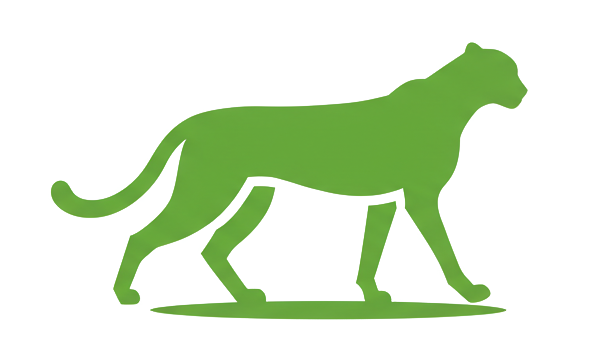Northern Kenya feels like a land apart. The air is drier, the land more open, and the rhythms of life have remained remarkably unchanged for generations. Far from the crowds of southern safari parks, this region offers a raw, elemental experience that is difficult to forget.
The Chalbi Desert lies east of Lake Turkana, Kenya’s largest desert lake. What appears to be endless sand is actually a prehistoric lakebed, where salt-encrusted earth stretches to the horizon. During the dry season, mirages dance across the flats, and the silence is complete. In the rainy season, the Chalbi briefly transforms into a shallow lake again, attracting nomads and wildlife to its waterholes.
Travel here is not easy, but that is part of the reward. You might pass herds of camels led by Gabbra or Rendille herders who still live semi-nomadic lives. Their woven hats and layered cloth stand out against the pale earth, and their knowledge of this land runs deep. Hospitality is part of the culture, and it is not uncommon to be invited into a manyatta for tea or to share shade during the heat of day.
Beyond the desert, Mount Kulal rises like a green oasis near Lake Turkana, offering a striking contrast to the arid plains. Wildlife sightings are possible in the surrounding reserves, including Grevy’s zebra, oryx, and ostrich, but the experience here is less about ticking animals off a list and more about feeling the scale of land and sky.
For those seeking solitude, clarity, and a chance to experience Kenya’s north without filters, the Chalbi Desert offers something rare. You leave behind familiar roads and enter a place where time feels slower and distances longer. This is not the Kenya of brochures. It is real, unpolished, and deeply moving.
